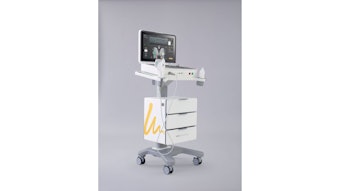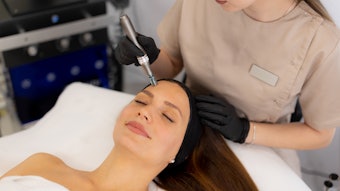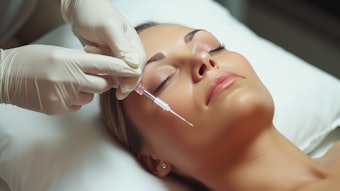
Only on SkinInc.com: Exclusive commentary from Evan Smith of Beazley Group, an insurance provider for spas, is included in this news item explaining the types of risks spas and medical spas face in business and how to best insure against these risks.
Spas and medical spas are one of the fastest-growing segments in the health care professional liability business, with new relaxation techniques, beautifying procedures and fountain-of-youth potions coming to market on a seemingly daily basis. The dynamic and diverse services of this sector make it an underwriting challenge, but with up-to-the-minute market knowledge and a proactive, partnership approach to risk management, these risks can be underwritten consistently and profitably over the long term.
Segmenting the exposures
The sector can be broadly split into three levels of risk. The lower risk end of the spa/medical spa market is comprised of facilities that perform minimally invasive procedures. These include facials, body piercing, haircutting, waxing, massage, manicures and pedicures.
Although these constitute the lower hazard areas of the business, there can be a high number of claims from fungal infections caused by unsanitary pedicures and rough bruising from massages, to slips and falls in spa showers. Claims can be severe too: A client's allegations of sexual abuse by a massage therapist, a pierced jugular by an inexperienced hairdresser, a man hit by a car leaving the spa in an ultra-relaxed state or a serious head injury from a shower fall.
The next level of exposure is comprised of facilities that conduct procedures that typically require some involvement by a medical professional. Just how much involvement is regulatory-driven and varies state by state. In some states, a medical professional may simply need to be accessible. Others require a physician on the premises of a medical spa when procedures are performed. (Editor's note: Find out what type of state you live in by contacting your state board. Log on to www.SkinInc.com/education/statelicensing for the complete contact information for all 50 states.) This class includes facilities that do cosmetic procedures using injectables and provide services such as laser hair removal and bleaching.
As the services become more invasive and sophisticated, the severity of claims can escalate. Patients may be exposed to hepatitis from injectables delivered with previously used needles, burned by lasers during hair removal or left with facial malformations from off-brand botulinum toxin. The claims can be very emotional; consider a young woman left with lifelong scarring. Plaintiff's attorneys eagerly cast medical spas as profit-mongering at vulnerable people's expense. These cases may allege deceptive trade practices and seek treble damages and awards of attorney fees.
There is one higher level of risk: Facilities that perform procedures such as liposuction, face-lifts, hair-lifts, chin implants and breast implants. However, while these procedures may be done in a medical spa, they are surgeries and hence are considered in the underwriting class of surgery centers, not medical spas.
At both the lower and moderate levels of the spa/medical spa risk spectrum, there may be underwriting considerations beyond the standard professional and general liability coverages. Facilities may contract to have spa- or third party-branded products available on-site, raising the specter of product liability. The close physical contact inherent in many spa services, and the prevalence of showers and locker room facilities make these businesses vulnerable to sexual abuse claims. Another consideration, requiring more extensive underwriting, is coverage for physicians if their presence is required on site.
Although many spas and medical spas are marketed as part of hotels, resorts, cruise ships, health clubs and the like, these luxury-oriented businesses typically do not provide the services themselves, but outsource the operation to a third party, which leases their space and operates independently on their premises. Consequently, “premises legal” or “fire legal” liability exposure -- arising from things such as flood, chemical, fire or water damage a spa causes at the property -- is often a consideration. The outsourcing relationship also raises "additional insured" issues.
How insurance can help
Insurance for these risks must be as dynamic and diverse as the risks themselves. Central to the approach to underwriting this class for insurance should be asking the right questions to assess the full range of a facility's services and discern the particular coverages needed—whether it’s commercial general liability, professional liability, products liability, fire legal liability, sexual abuse liability and/or umbrella insurance—for an insured’s foreign and domestic exposures. It's also important to ensure that all of the professionals involved with a facility are considered. Some medical spas, for example, have medical directors who are independent contractors or employed physicians; neither should be overlooked.
Your insurance company should work closely with you to support risk management best practices, such as:
- Securing appropriate informed consent from all patients;
- Conducting patient education and screening (e.g., a pre-procedure checklist to help identify patients who may be ill-suited or at risk for a particular service);
- Documenting employee training and employment files;
- Maintaining proper credentialing of all physicians, medical personnel and other service providers.
Sound risk management practices such as these are pivotal to an insured’s and insurer's ability to effectively defend a spa or medical spa in a claim. They will also make it more feasible for these businesses to secure the coverage they need for their full spectrum of services now and in the future.










